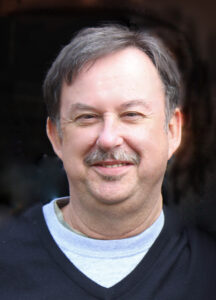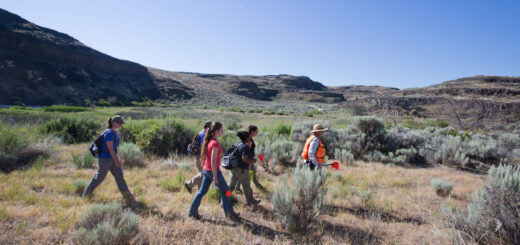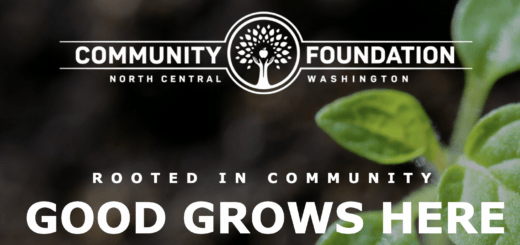Our Valley What’s Next, Part 3: Here’s what community members are most concerned about in the valley
Publisher’s note: The is the third in a series of articles about the background and progress of Our Valley What’s Next, a grass roots community improvement project for the Wenatchee Valley. Check out the OVWN web site at ourvalleywhatsnext.com and see the Art of Community Project web site at artofcommunityncw.com for photos, videos and more stories. – Rufus Woods
By Steve Maher
Coordinator, Our Valley What’s Next
Q. What issues did community members focus on during the Our Valley What’s Next survey?
A. Our Valley What’s Next conducted Phase I — community outreach — in summer and fall 2015. Our Valley surveyed more than 1,550 residents (including 23 percent who self-identified as Hispanic), interviewed 36 community leaders, received feedback at 50 meetings and events, and brought together more than 100 residents at a summit to brainstorm initial project ideas.
Here is a glance at some of the critical messages that emerged:
Pushing for greater collaboration: Our Valley has long been divided by geographic and governmental boundaries. Residents want duplication and competition in government decision-making to be eliminated as much as possible. Many consider “silos” as our biggest obstacle, and collaboration as the key to our future success. They want their leaders to get to work and to make things happen and to align their decisions with the community’s vision and values.
Adjusting to population and cultural changes: Our Valley’s demographics continue to change, a fact the community is keenly aware of. This is mainly due to growth in the area’s Hispanic population, which represents 29 percent of the overall population in the two-county area today. While Latinos are finding their voices and becoming more visible and active in community affairs, the community as a whole recognizes a cultural divide exists between Anglos and Hispanics. At the same time, many residents also see cultural diversity as a strength and want greater collaboration between the cultures.
Planning as one community: There is no comprehensive land-use planning occurring between both sides of the Columbia River. Many residents want growth to occur in an orderly, well-thought-out fashion and consider that vital in maintaining a good quality of life and in keeping taxes down. Wenatchee has little new developable land left and land costs are high because supply is constrained. This is one of the factors behind a growing housing crisis in Our Valley. So is the low-wage structure. In the East Wenatchee area, there is more developable land.
Protecting our quality of life: Residents want Our Valley to come to terms with growth before development and other forces, including a feared large influx of new residents from the increasingly congested Puget Sound region, threaten to overrun us and damage our quality of life.
Attacking income and wage disparities: We have major income disparity in Our Valley. About 33 percent of the region’s households sit in poverty. A large number of jobs do not pay well, and in recent years, we have not seen much growth in professional or other good-paying jobs. Residents strongly favor economic growth and the creation of better-paying jobs. Going forward, we do not have a basis for middle-class life — including housing affordability — in Our Valley. To continue to grow as a community, we need to change these trends.
Realizing new economic opportunities: Residents want Our Valley to capitalize further on its assets, such as outdoor recreation, natural resources, cultural diversity, and the public power system, and to add new infrastructure, facilities and businesses to spur growth in those sectors. From an economic standpoint, many residents believe we have barely tapped the potential of these key community assets.
Sustaining our health-care system: Our Valley used to have the second highest rated medical center in the state but that is no longer the case. Confluence Health is under intense pressure to provide high quality care at a lower, fixed cost. It is dealing with a difficult reimbursement model, an aging population that has high cost medical issues, a large rural health/underserved population, and low household incomes. After 2020 we will be completely responsible for the health of the underserved populations of our region at the local level. We will have to focus more on prevention, which will take a larger community effort.
Improving our education offerings: Residents believe more needs to be done to improve the education system. This includes new elementary school and high school facilities and the establishment of a four-year university, branch campus or research institute. Many believe having an institution of higher-education, one that complements Wenatchee Valley College, will be a boon to the economy and our quality of life, and will allow children who grow up here to remain here.
Ensuring our youth bubble succeeds: While we have a big youth bubble in Our Valley, our youth poverty rates are very high and many young people lack upward mobility. This also creates an enormous drain on social services. This generation could be an enormous asset to the Valley – if they develop into a good workforce and successful entrepreneurs.
Creating climate resiliency: Water availability is an issue and future water shortages are a distinct probability. The number and intensity of wildfires is increasing. Drought, water shortages, and wildfires create uncertainties.
Creating more travel options: Residents are increasingly calling for a better transportation system. Options are limited for getting “in” and “out” of Our Valley. Air service is inconvenient at times, limited to just a few flights a day and only between Wenatchee and Seattle. There is no freeway link to Interstate 90 or the Puget Sound region. Traffic congestion is growing in the Wenatchee area’s north and south bottlenecks.
Final reports on the community outreach can be found at www.ourvalleywhatsnext.com.
Tomorrow, see Part 4 : The second phase of Our Valley What’s Next effort involved identifying projects and finding potential partners




